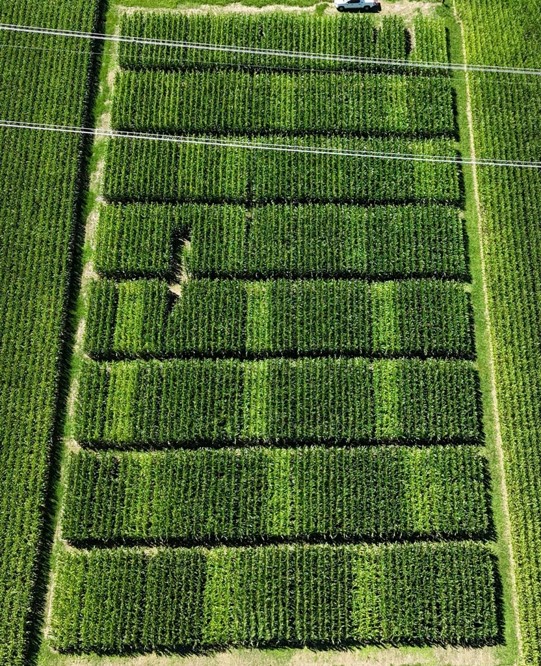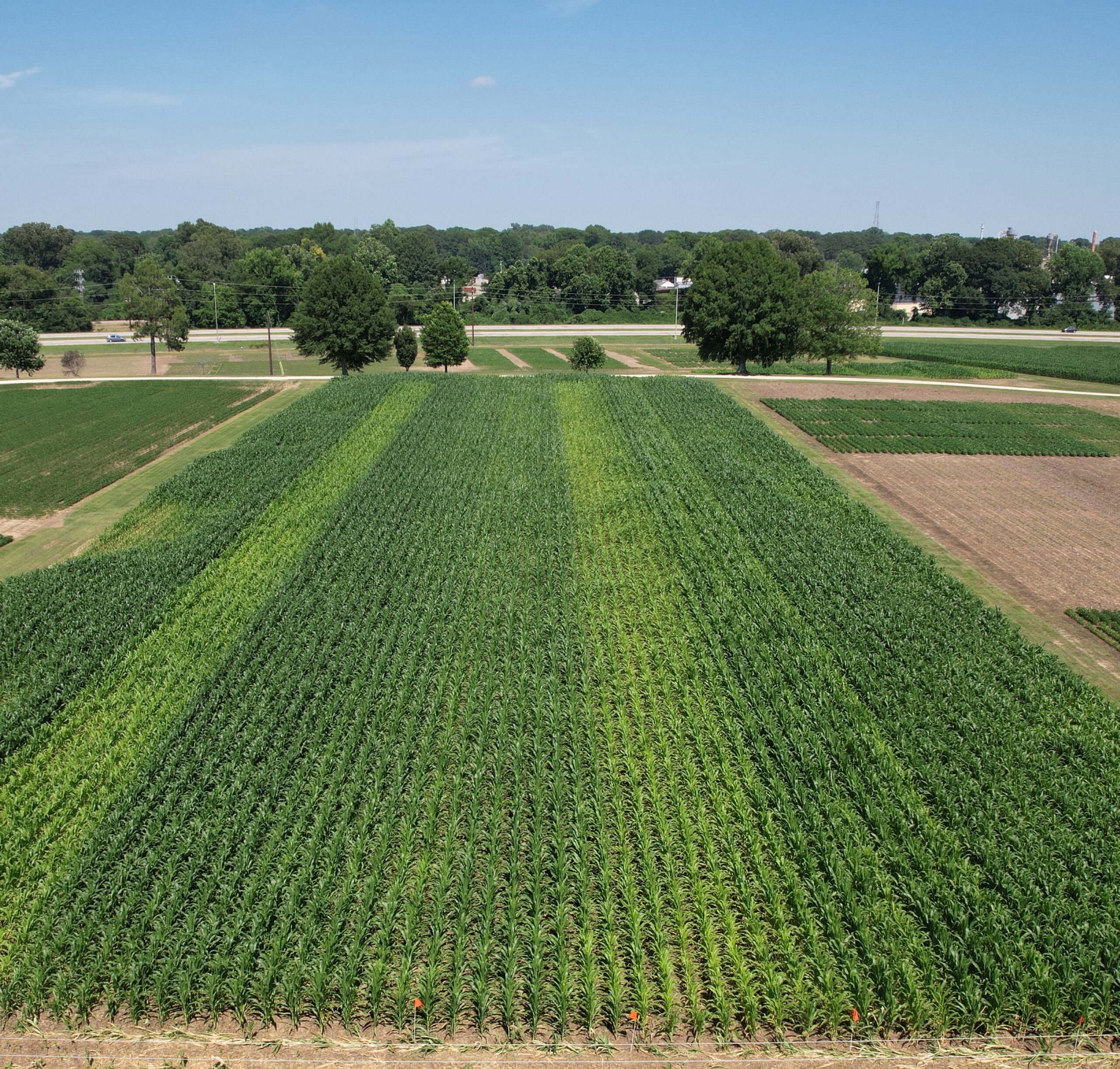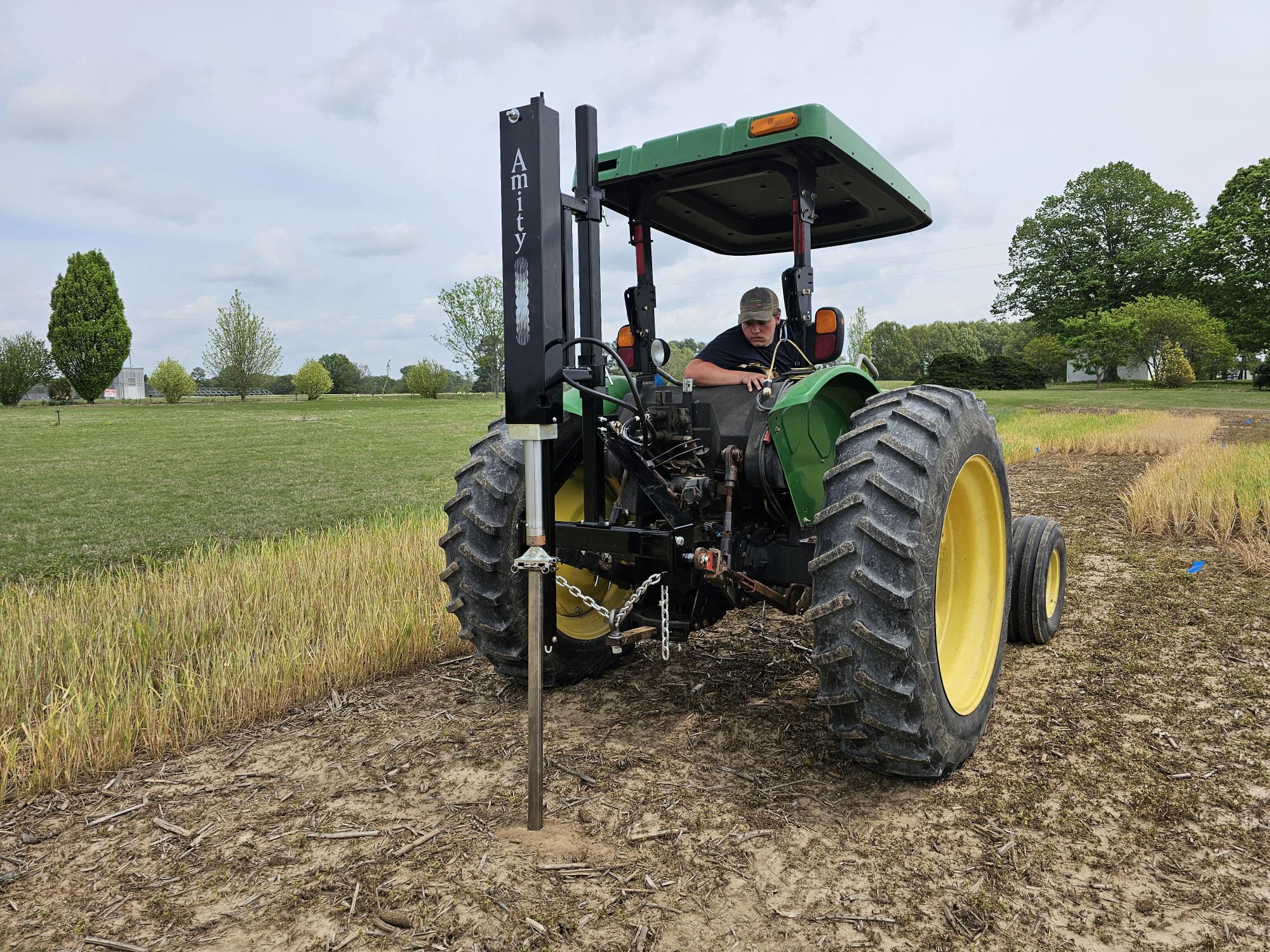The UT Cotton Scout School is scheduled for Wednesday, May 21st, at the West Tennessee Research and Education Center (605 Airways Blvd, Jackson). There is no fee, and preregistration is not required. Registration begins at 8:00 AM with the program starting at 8:30. Pesticide points in categories 1, 4, 10 and 12 will be offered and a BBQ lunch will be provided. Content will include classroom and hands-on training with an optional go-to-the-field session after lunch. Topics covered will include cotton development and identification and symptoms of insect pests, plant diseases, and weeds.
Category Archives: Soil
Cotton Scout School (May 21, 2025)
The UT Cotton Scout School is scheduled for Wednesday, May 21st, at the West Tennessee Research and Education Center (605 Airways Blvd, Jackson). There is no fee, and preregistration is not required. Registration begins at 8:00 AM with the program starting at 8:30. Pesticide points in categories 1, 4, 10 and 12 will be offered and a BBQ lunch will be provided. Content will include classroom and hands-on training with an optional go-to-the-field session after lunch. Topics covered will include cotton development and identification and symptoms of insect pests, plant diseases, and weeds.
Can we predict Corn N response using Mineralizable N?
Most of the soil nitrogen (N) is present in organic form, especially in the top 6 inches (75 – 95%), which is not readily available for plant uptake. Only about 0.1 – 0.3% is in inorganic or bioavailable forms such as nitrate and ammonium that plants can utilize. So, organic soil N is converted to inorganic forms for plants use, a process referred to as mineralization. The fraction of organic soil N that can be converted to inorganic form is referred to as potentially mineralizable N. Several factors including soil, previous crop, weather, and nitrogen management determine the extent of N mineralized. Nitrogen rate trials (>30) conducted over the past five years in West and Central TN suggested that mineralized soil N can contribute more than 20% of the total crop N requirements. Current N fertilizer recommendation for corn in Tennessee is based on realistic yield goals, which does not account for potentially mineralizable N that is available for the plant. Continue reading
Keeping an Eye on Soil Properties that Influence Ammonia Loss from UAN
Nitrogen management in most row crops can be a significant proportion of the overall production cost and can impact the bottom line. Keeping tabs on factors that can reduce the efficiency of N applications and deploying appropriate management strategies is one of the several ways to ensure a profitable production in this season. Nitrogen loss is one of the several factors that can reduce N application efficiency. The most common loss from broadcast or dribbled, unincorporated urea-containing fertilizers is ammonia volatilization losses, especially in no-till production systems. Ammonia volatilization occurs when ammonium ion from the breakdown of urea or fertilizer is subsequently converted to ammonia gas, which escapes to the atmosphere. The striking thing about ammonia volatilization losses is that nearly 90% of the total losses occurs within 3-5 days after fertilizer application. The potential and extent of ammonia loss is dictated by three key factors including soil properties, fertilizer management practices, and environmental conditions. This article focuses on how soil pH, clay content, soil organic matter, and soil moisture levels can influence ammonia loss from urea ammonium nitrate (UAN) applied onto the surface without incorporation.
Does Soil Test Phosphorus and Potassium Values from Haney Soil Health Test (H3A-4) Translate to Mehlich-3?
More recently, with emphasis on sustainable crop production, there are a number of tests that assess soil health. Some of the soil health tests such as the Haney Soil Health Tool (HSHT), which is adopted by USDA-NRCS, assess soil quality parameters as well as nutrient availability. The HSHT uses the H3A-4 extractant to estimate ‘plant available’ nutrients. The H3A-4 extractant simulates plant root environment by using organic acid plant exudates and has been touted as more representative of phosphorus availability. Some commercial soil testing laboratories offer HSHT and provide corresponding fertilizer recommendations. How does the test values and recommendations from H3A-4 relate to Mehlich-3 extraction? Publicly available information relating H3A-4 to Mehlich-3 extractable nutrients is limited. Continue reading
Post-harvest soil fertility consideration
Play podcast
In this podcast episode, Dr. Nutifafa Adotey and Dr. Jake McNeal addresses post-harvest soil and nutrient management questions sent in by local UT Extension agents.
You can learn more in the publications on estimating supplemental nitrogen following extended flooding and urease inhibitors, as referenced in the episode.
Check back soon for more segments covering topics related to soil and row crop agriculture!
Cotton Scout School (May 21, 2024)
The UT Cotton Scout School is scheduled for Tuesday, May 21st, at the West Tennessee Research and Education Center (605 Airways Blvd, Jackson). There is no fee, and preregistration is not required. Registration begins at 8:00 AM with the program starting at 8:30. Pesticide points in categories 1, 4, 10 and 12 will be offered and a BBQ lunch will be provided. Content will include classroom and hands-on training with an optional go-to-the-field session after lunch. Topics covered will include cotton development and identification and symptoms of insect pests, plant diseases, and weeds.
Converting Between Mehlich 1 and 3 Soil Test Values for West Tennessee Soils
 Most of the commercial and state soil testing laboratories in and around Tennessee use and prescribe fertilizer recommendations based on Mehlich 3 soil test extraction method. Most growers may receive soil test results from laboratories that utilizes Mehlich 3 soil test extraction method. However, The University of Tennessee gives fertilizer recommendations based on the Mehlich 1 extractant. This makes it difficult for growers to take advantage of The University of Tennessee fertilizer recommendations. Currently, the Mehlich 1 and 3 conversion equations used in TN were derived from the University of Kentucky, which were based on Kentucky soils (Table 1). Continue reading
Most of the commercial and state soil testing laboratories in and around Tennessee use and prescribe fertilizer recommendations based on Mehlich 3 soil test extraction method. Most growers may receive soil test results from laboratories that utilizes Mehlich 3 soil test extraction method. However, The University of Tennessee gives fertilizer recommendations based on the Mehlich 1 extractant. This makes it difficult for growers to take advantage of The University of Tennessee fertilizer recommendations. Currently, the Mehlich 1 and 3 conversion equations used in TN were derived from the University of Kentucky, which were based on Kentucky soils (Table 1). Continue reading





